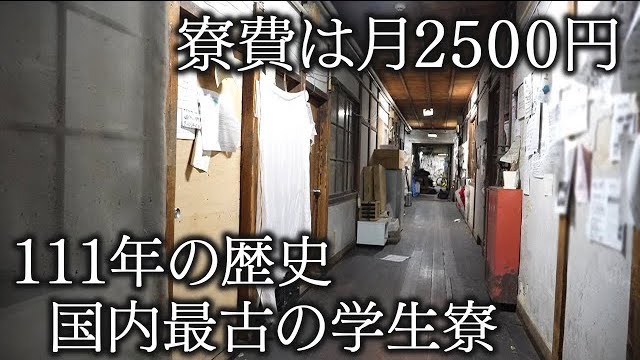As with anything new, complex and controversial, blockchain technology and digital assets have engendered numerous myths as they’ve proliferated throughout society.
Myth: Crypto is purely a speculative investment.
Because of its volatility, and perhaps its relative newness, complexity and controversiality as well, crypto and blockchain tech have gotten a bit of a bad name. People haven’t yet embraced blockchain as a viable, reliable and safe method of exchanging assets or the idea of cryptocurrency as a viable, reliable and safe investment. They, therefore, consider it little more than a speculative investment. And, the fact that some traders have legitimately utilized blockchain and crypto as speculative investments, only further validates that mistaken belief.
The fact is, Bitcoin’s security, immutability, transparency and non-reproducibility makes it as sound an investment as any other asset the SEC authorizes, like stocks or options.
Bitcoin, for example, comprises 300,000 daily transactions worth $2-15 billion. This is not that distant from Fedwire system data. These transactions include both large and small trades and investments alike.
Investors use Bitcoin and other digital assets on the blockchain as a store of value and a hedge against inflation. They also use them to conduct international financial transactions. In Nigeria, approximately one-third of the residents either own or use cryptocurrencies because of the high expense of using fiat currencies instead. Meanwhile, in countries like Venezuela with high inflation, citizens use cryptocurrencies to conduct everyday transactions.
With the whole DeFi sector of which blockchain is an integral part growing tenfold in the last year alone, it’s hard to make an argument for the speculative nature of crypto and other digital assets exchanged on the blockchain.
Myth: Crypto is bad for the environment.
You may have heard that mining cryptocurrency, and Bitcoin and Ethereum in particular, requires a ton of energy and is horrible for the environment. This is mainly due to the Proof of Work algorithmic method in which programmers utilize a hefty network of computers to solve a complex mathematical equation in order to secure the blockchain network and produce new blocks. These networks consume a great deal of energy, raising concerns about their impact on climate change.
The fact is, not every digital asset uses this method, instead using Proof of Stake and other less energy-consuming methods. And, when miners do use the Proof of Work algorithm, many use renewable resources or buy carbon credits to offset their energy consumption.
Compare the 113.89 TW/h in energy Bitcoin miners consume per year against the 240.61 TW/h the gold industry consumes or the 263.72 TW/h the banking sector consumes.
Meanwhile, Ethereum is working on switching from a Proof of Work to a Proof of Stake model, eliminating one of the major sources of environmental concern.
Myth: Blockchain is only used for crypto.
Cryptocurrency may be the most common and familiar use of blockchain technology, but it is far from its sole use. Blockchain can be used to securely record and track any sort of digital asset, from NFTs and crypto music to supply chains to legal documents, corporate contracts and cryptographic signatures.







